Can Swiss ski resorts outrun climate change?

Swiss ski resorts have succeeded in boosting visitor numbers through offers such as multi-resort passes. But more needs to be done so the industry can future-proof itself against the threat of melting glaciers and snowless winters.
Swiss ski resorts have enjoyed another good season. Visitor numbers were up 12% overall compared with the previous year. Western Switzerland saw a jump of 29%, according to the Swiss Cable Car Association.
Much of the growth can be attributed to the popularity of multi-resort passes, which give snow-sports enthusiasts access to a range of ski areas across the country. These were introduced to provide a buffer against the effects of climate change and provide resorts with more economic visibility as annual snow fall drops.
Multi-resort passes emerged in 2017 when Magic Pass, a low-cost season ticket, was launched by a cooperative to help a handful of resorts boost visitor numbers after years of disappointing winters and lower-than-average snowfall.
Currently priced at CHF450 ($545), it gives skiers access to nearly 100 resorts, mostly in the western part of the country, plus a few in Italy and France, for winter skiing and summer activities. It also provides a degree of financial stability to lift operators. During the latest season, which started in November, the number of tickets sold rose by 10% compared to a year earlier, according to the cooperative.
United States-based providers of multi-resort passes have also joined the fray, although prices are higher as they give access to some of the top Swiss ski resorts. Most notable has been the Epic Pass, developed by New York-listed Vail Resorts, the world’s biggest mountain resort operator and owner.
Vail Resorts entered Switzerland in 2022 with the acquisition of Andermatt’s ski lifts, followed by the Crans-Montana resort (now called CM Mountain resort) in 2023. The pass, priced at CHF1,184 for the 2024-2025 season, offers access to ski resorts on four continents.
The Ikon Pass, offered by Alterra, another US company that’s a joint venture between two investment firms, includes entry to the world-class Verbier and Zermatt ski areas.
Crans-Montana managing director Pete Petrovski told SWI swissinfo.ch that pre-season sales of the Epic Pass “allow resorts to build a plan to fight climate change as much as possible, and to make that commitment ahead of time; to plan strategically for the long term, and make investments”, such as in less energy-intensive infrastructure. As with resorts associated with the Magic Pass, being part of the multi-resort Epic Pass provides Crans-Montana with increased revenue, predictability and overall business stability, Petrovski said.
Climate change looms
In resorts where the passes are in use, the feedback has been mostly positive. The initiative has had a beneficial impact, with a “clear increase” in the number of visitors, said Christian Reber, the mayor of Ormont-Dessus, the municipality that includes Les Diablerets, one of the first resorts to adopt the Magic Pass. “It’s a big plus for the middle class by democratising skiing,” he added.
But when locals were asked whether they worry about the future of skiing, a sport that is integral to the identity of this mid-to-high altitude resort, due to climate change, most are dismissive. One long-term resident with a secondary home in the resort explained their reticence to speak on the issue of climate change: “It’s as if they are afraid of jinxing their destiny.”
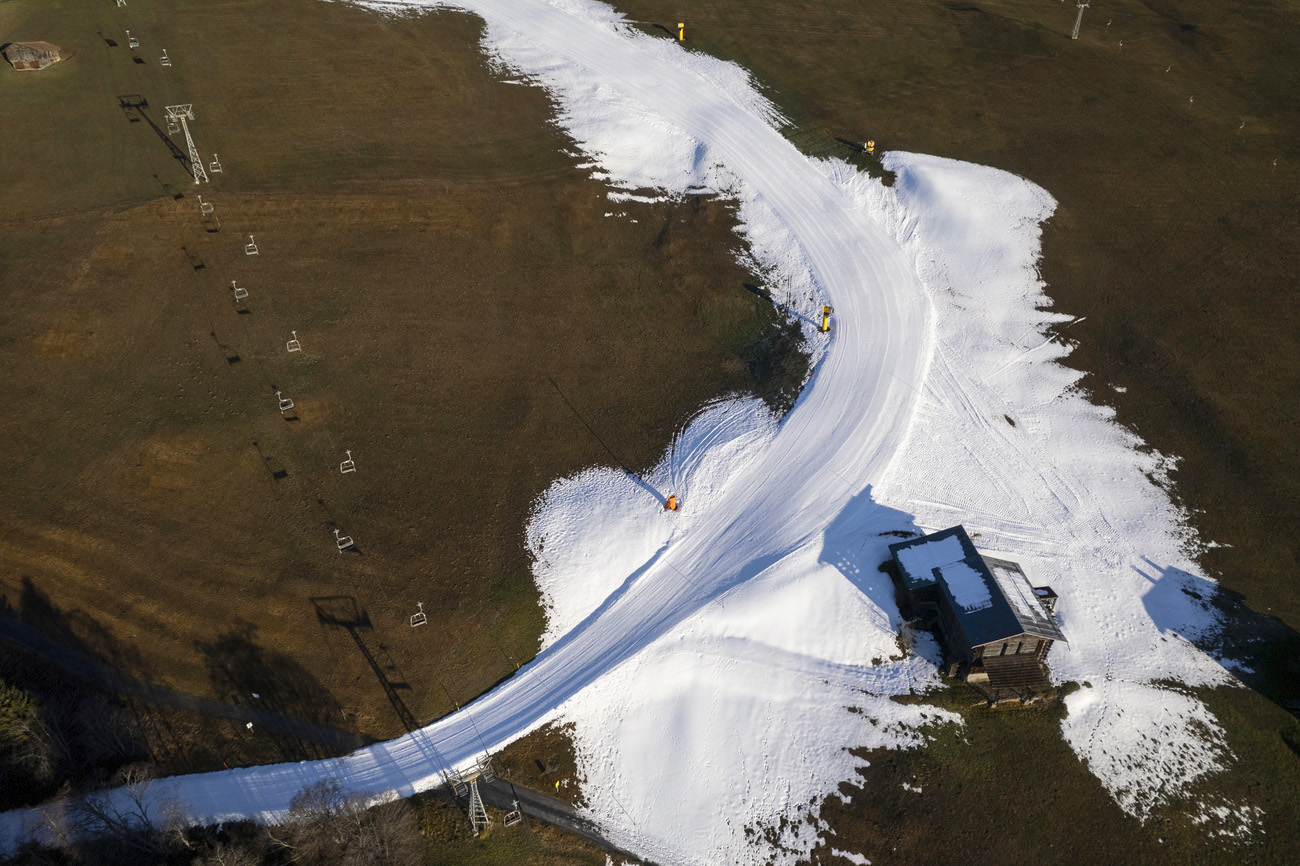
More
Swiss ski resorts struggle with snow shortage and record temperatures
On the opposite side of the vast ski area of which Diablerets is a part, Martin Deburaux, director of ski-lift operating group Télé Villars-Gryon-Diablerets, said he remains optimistic about skiing in the region, despite concerns about the potential impact of climate change.
“We’ve noticed a decrease in snow coverage, but so far it hasn’t significantly affected runs,” he said. “In recent years, we’ve still been able to exploit our ski runs and lifts for more than 110 days per season.” That figure has been stable since 2020. The group operates 44 lifts in the Vaudois Alps.
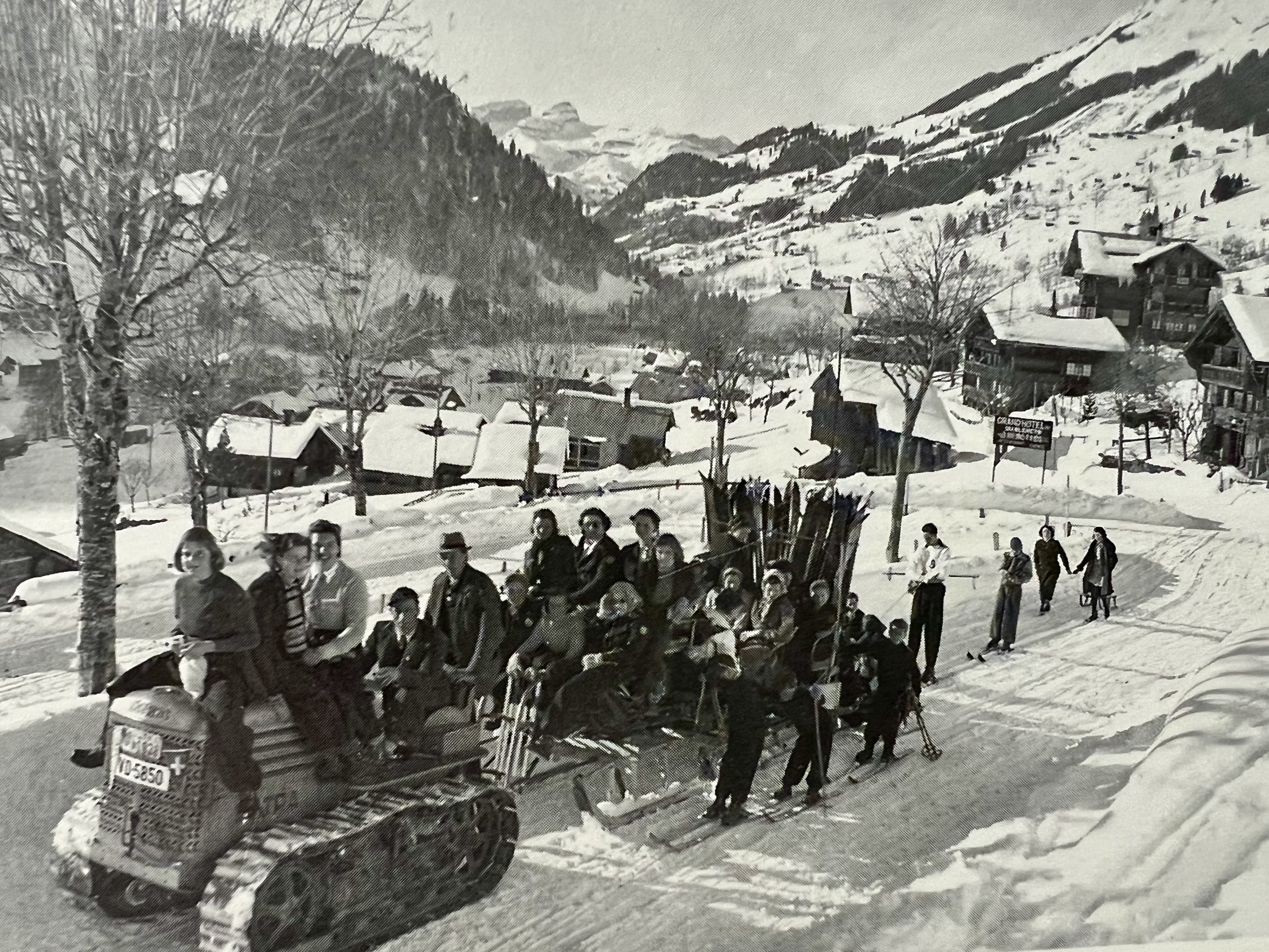
Science vs technology
Scientific data and climate forecasts suggest that the Swiss Alps are already being affected by global warming and that the impact will become more severe, posing a threat to the region’s ski industry.
The World Meteorological Organization (WMO) and the Copernicus Climate Change Service published their annual European State of the Climate reportExternal link in mid-April, which confirmed that temperatures on the continent hit record highs in 2024. The authors said Europe was warming at a more rapid pace than any other region in the world. Glaciers had retreated and between 1991 and 2020 some parts of the western Swiss Alps had at least 40 more days than average without snow during the year. A 2024 studyExternal link predicted that by the end of the century, snow-cover days at ski resorts in Europe’s Alps will decline by 42% from historic levels, roughly from 220 days to 140 days.
In the longer term, the Intergovernmental Panel on Climate ChangeExternal link (IPCC) has projected that snow cover in the region will decrease substantially according to current climate trajectories that have already seen average temperatures in Switzerland rising by 2.7°C since preindustrial times. Meanwhile, snowline elevations, the lower limit of perennial snow cover on a landscape, are expected to rise.
MeteoSwiss, the federal meteorological office that contributes to IPCC reports, predictedExternal link that zero-degree levels will climb an additional 400-650 metres by 2060 compared to where they were in 2018. For Arosa, an eastern ski resort located at 1,880 metres above sea level, it would mean a 40-50% reduction in total amount of snow. According to climate projections, by the end of the century mountain glaciers may no longer exist, threatening the viability of popular Swiss glacier skiing resorts such as Zermatt and Saas-Fee.
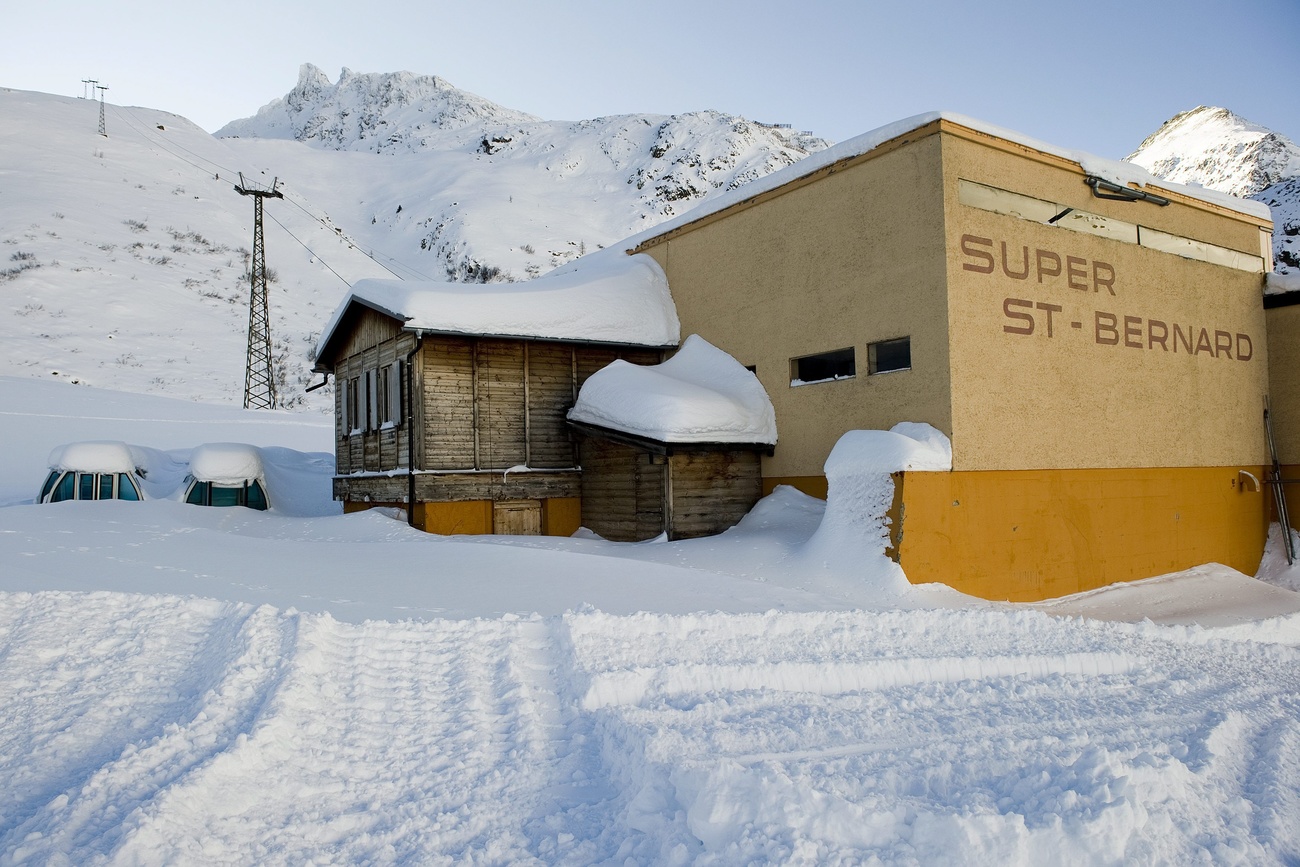
More
The lure of the ghost resort
“We are aware that the climate will change and we need to adapt to be less dependent on skiing,” Deburaux said. The resort, he explained, is working on plans to diversify its activities and build more year-round sports, including hiking, mountain-biking, summer toboggans and swimming.
But skiing should still be possible in the Télé Villars-Gryon-Diablerets resort in 2050 for at least 100 days a year, Deburaux said, pointing to projections in a reportExternal link published in 2023, based on the “worst-case IPCC fossil fuel emissions scenarios”. Using the climate analysis tool ClimSnow, it forecast that although snowfall will be less reliable over the coming decades, coverage could be assured with artificial snow, protective barriers and snow grooming down to 1,100 metres above sea level, an altitude in the region that has often struggled to maintain snow during recent winter seasons. North-facing slopes, he added, should also continue to better preserve the snow.
The resort has been investing in ski-lift installation and grooming machines, which are used to maintain runs by compacting and moving snow to where it is needed.
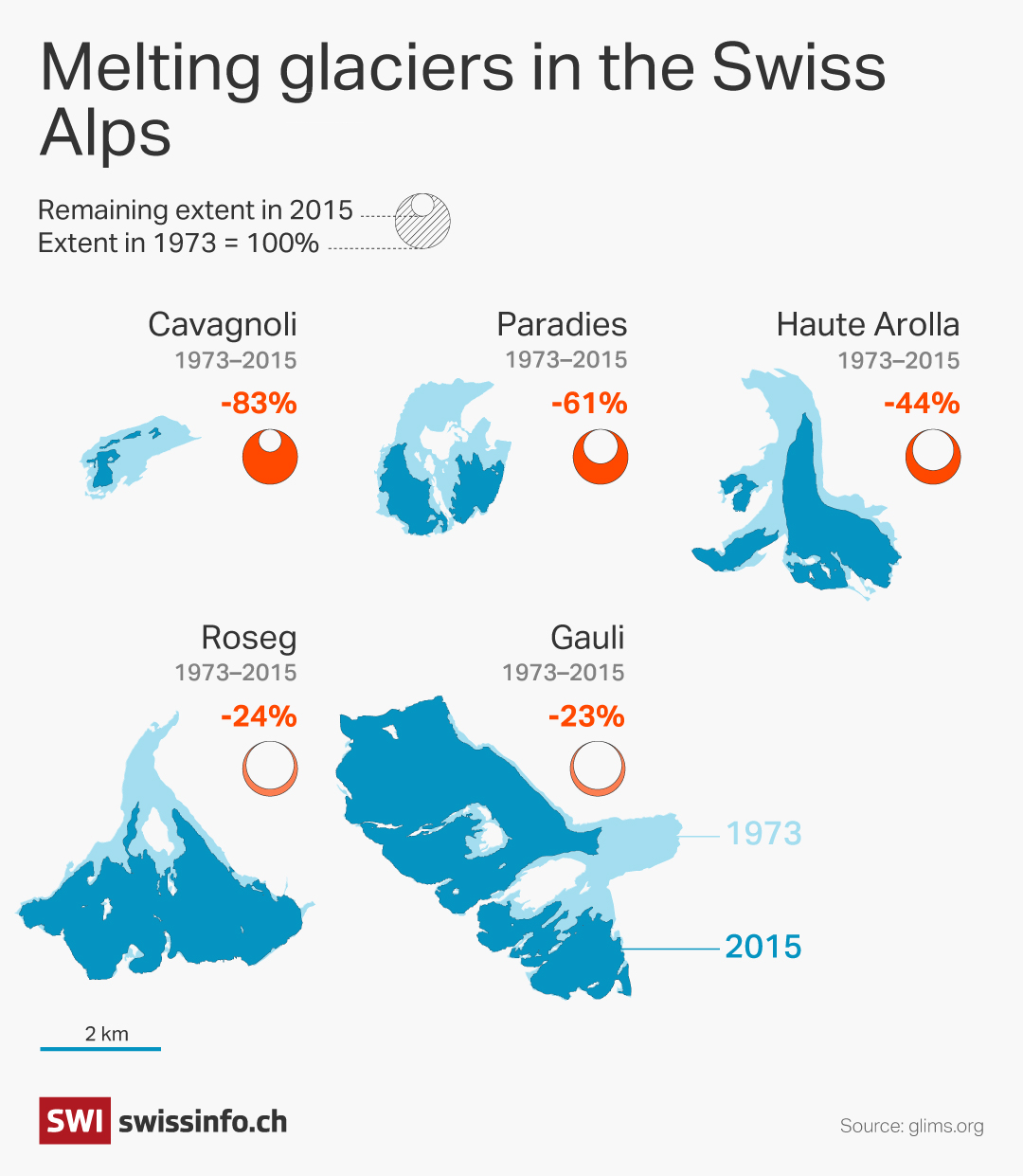
Investing for the future
Resorts increasingly recognise that adapting to climate change is not enough and that mitigating the environmental impact generated by winter sports also needs to be part of their business plans for the future.
Crans-Montana has a string of investments planned, including the installation of water reservoirs at higher altitudes, so that water can be delivered to snow-making machines using gravity rather than pumps. This uses less energy to pump the water to the slopes.
The resort is also considering introducing snow-making machines covering a broader area, Petrovski said. Last year, prior to the start of Vail Resort’s first winter season in Crans, the company began an investment programme of CHF1 million annually in new technology, including new snow-making machines, he said.
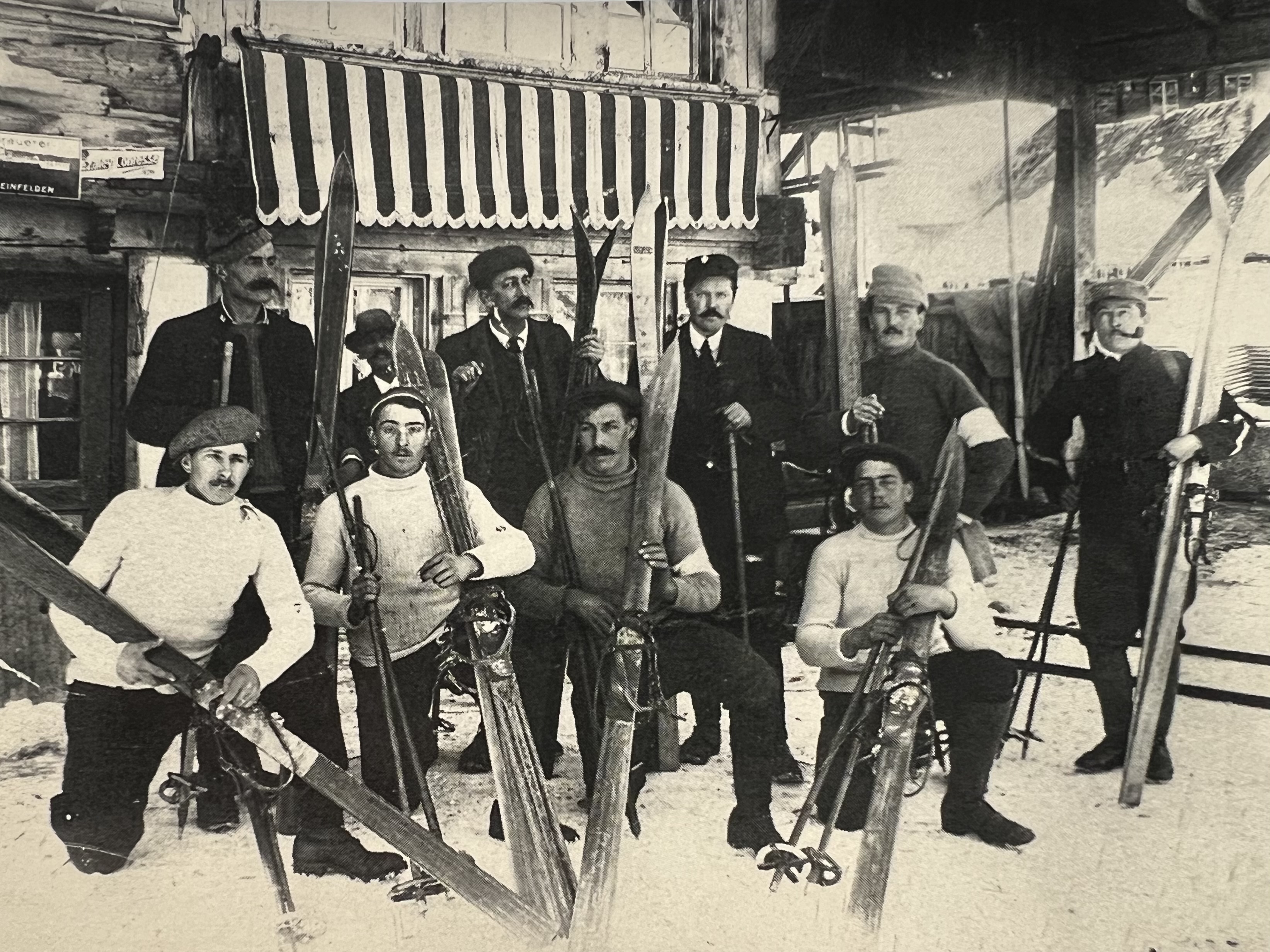
In March, 440 winter and summer Olympians representing more than 90 countries and 50 sports wroteExternal link an open letter to candidates for the presidency of the International Olympic Committee. They expressed concern about the risks that climate change poses to many sports and called for the organisation to take more action to fight climate change. This included setting standards for sponsorships, upholding sustainable practices, and strengthening commitments to cut carbon emissions.
With many experts warning that not enough action is being taken to slow the rate of climate change, SWI swissinfo.ch asked Petrovski if liftless resorts for randonée skiers – who ascend slopes with the aid of snow-gripping skins instead of taking T-bars, chairlifts or gondolas – may be an option beyond 2050. That’s the target date to achieve net-zero emissions that climate scientists are calling for to avert the worst impacts of climate change.
“I would agree that resorts with a higher elevation will still be able to offer skiing after that,” he said, without specifying what the future will hold for traditional alpine skiers, who rely on lifts to reach the resort’s mostly south-facing slopes.
“If climate change increases, that provides us with a whole other array of solutions and issues” to deal with in the second half of the century, said Petrovski. “Predicting what that rate [of global warming] will look like that far out? I couldn’t venture a guess. Once we have some more aligned information, it will allow us to make a better plan for the future.”
Edited by Nerys Avery/vm/gw/ts

In compliance with the JTI standards
More: SWI swissinfo.ch certified by the Journalism Trust Initiative





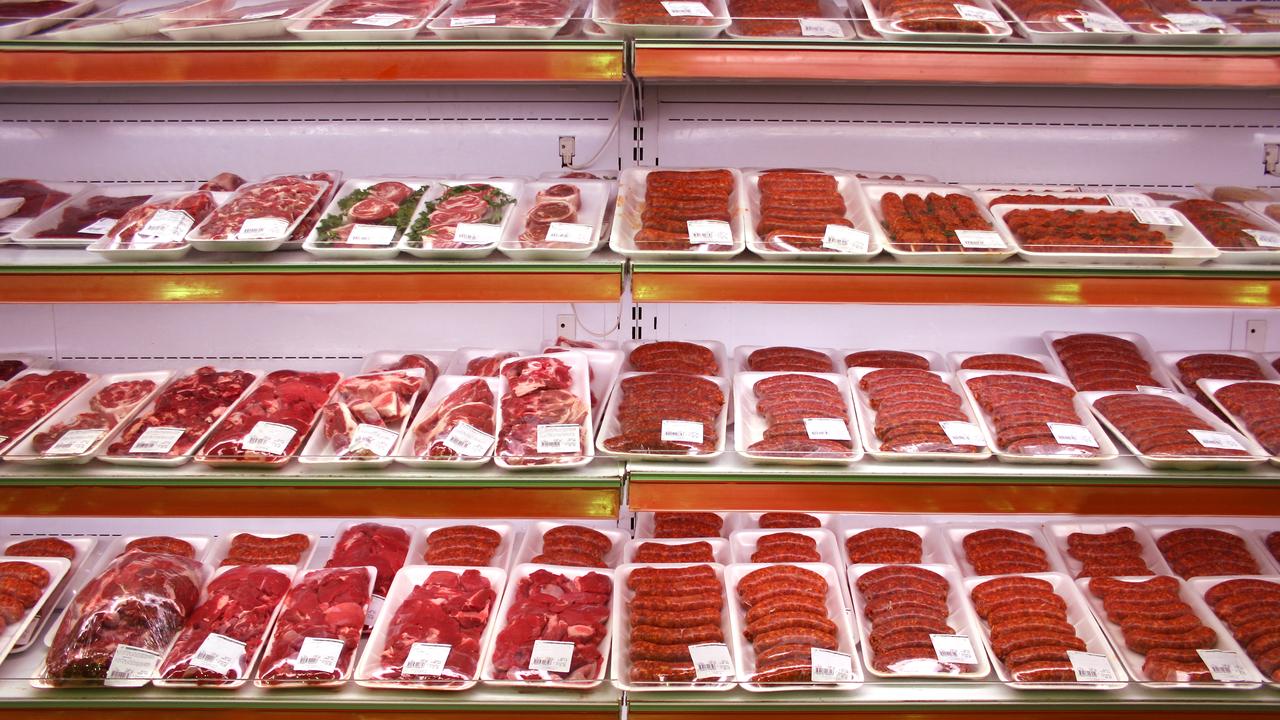





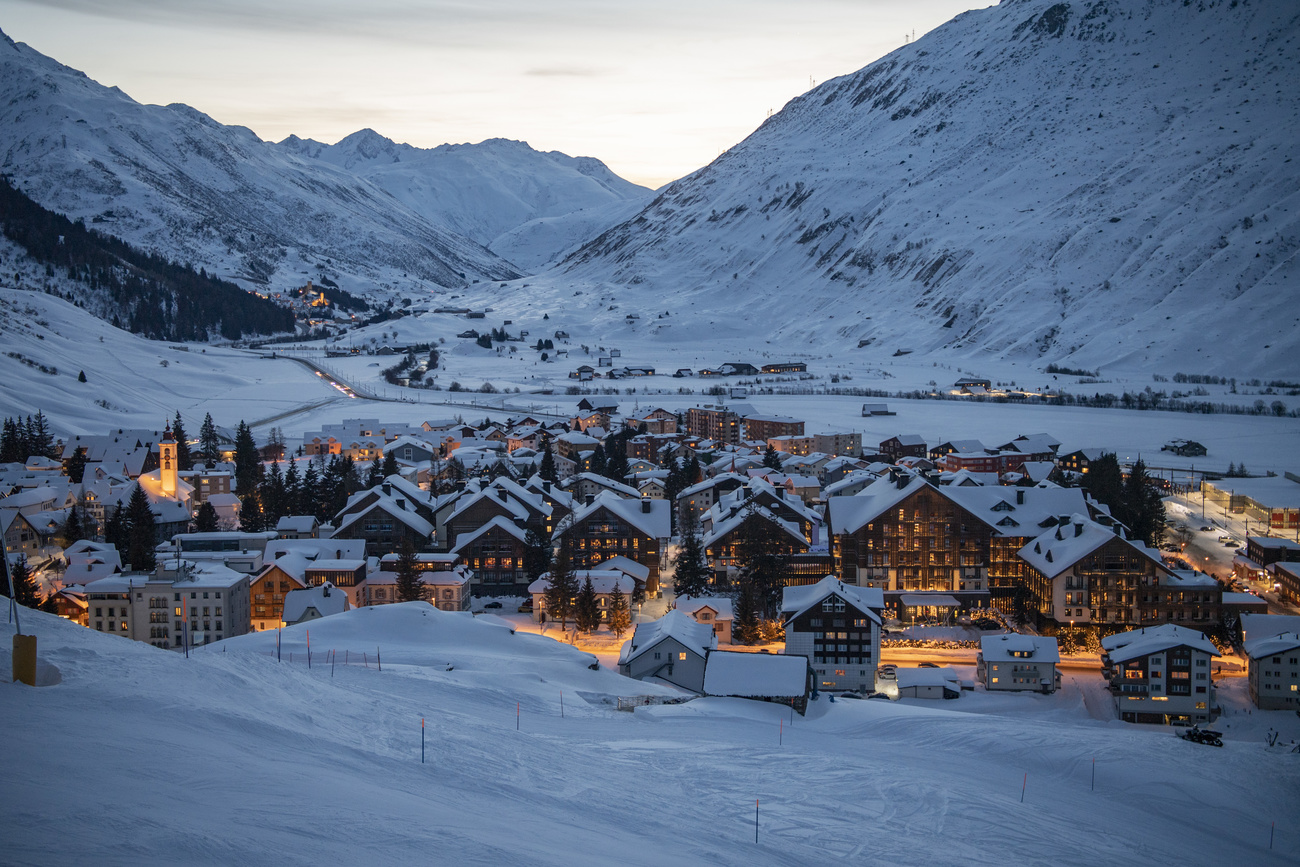
You can find an overview of ongoing debates with our journalists here . Please join us!
If you want to start a conversation about a topic raised in this article or want to report factual errors, email us at english@swissinfo.ch.